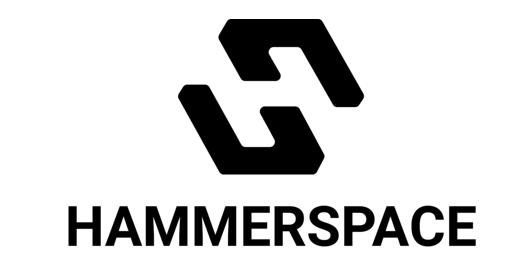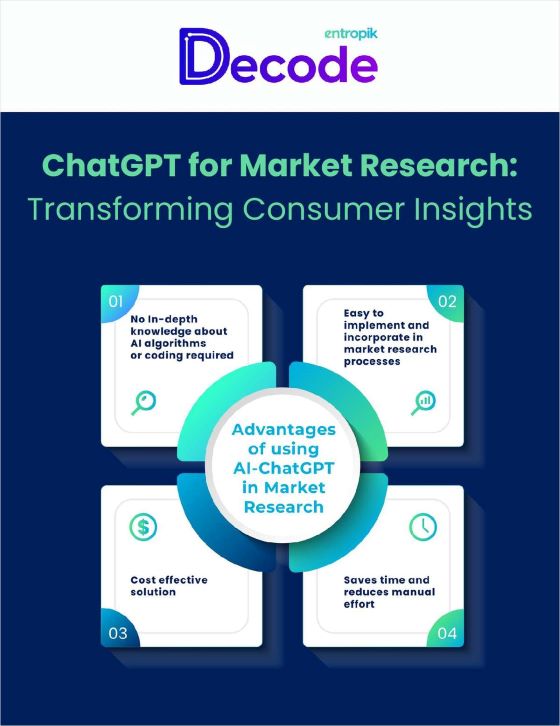Sponsored Post
Major public cloud platforms are offering HPC-focused compute instances, which aim to run high performance computing (HPC) workloads with performance levels comparable to dedicated on-premises systems. The question is: Even if the hardware performance of both solutions is comparable, can the cloud deliver high performance with desirable costs?
Decisions on where to locate HPC workloads depend on value/cost considerations for each project. Public cloud can be a good fit when workloads do not depend on local data, need specialized equipment, have special licensing or compliance requirements. For example, web-based data analytics projects may be right for cloud because data location is not an issue. What if fast internal solutions could also give you the economics and agility of cloud? Then you might choose to keep even more HPC workloads on premises.
Hewlett Packard Enterprise (HPE) ran some real-world tests recently, which measured the performance and price-performance of HPC applications used in a range of workloads – including High Performance Linpack (HPL) and OpenFOAM CFD solver. The tests compared performance on AWS and Oracle Cloud solutions powered by Intel® processors against HPE GreenLake for HPC solutions powered by AMD EPYC™ processors.
The results are shared below. But it’s also worth talking about the broader experience – the flexibility and economics of public cloud offerings vs. modern on-premises or off-premises solutions like HPE GreenLake for HPC. Through our close partnership with AMD, HPE GreenLake for HPC solutions provide not just a performance advantage but a set of pre-tuned and pre-integrated blueprints for HPC leadership.
Expectations of the classic cloud experience
Businesses are often attracted to public cloud because it seems more flexible, affordable, and simple than on-premises HPC.
The classic expectation is that public cloud provides three advantages. First, it removes the need to manage infrastructure. Second, it saves you money because you pay monthly and make no up-front investment. And third, you gain flexibility to scale up and down and add services whenever needed.
But when you’re running HPC applications, public cloud infrastructure isn’t always easy to configure to achieve the best performance. Setting up an HPC cluster with the right instance configurations and in a placement group that is evenly distributed to have a predictable performance is a challenge when you require a certain number of nodes. The list goes on: It can be difficult to get groups of HPC nodes act as a cluster, and to configure high throughput storage and parallel file systems. Costs creep up when you need to pay for performance “just in case” and deal with the variable availability and pricing of certain instance characteristics across regions.
There are often data egress costs for accessing large HPC datasets – which can reduce your flexibility when it comes to working with your data.
Meanwhile, solutions like HPE GreenLake for HPC have evolved to change the game for on-premises HPC.
Turnkey HPC with HPE GreenLake and AMD processors
The HPE GreenLake edge-to-cloud platform brings the cloud to wherever your workloads run: at your edge, in a colocation, or in your data center. The things you expect from public cloud – simplified infrastructure, monthly billing, elastic scaling – you get them all. But you also get the performance and control of on premises. No ingress or egress fees, no long-distance latency.
HPE and AMD’s partnership has led to the creation of validated HPC solutions that reduce risk and time to market. In terms of performance, AMD delivers the most performant x86 processors that provide 60% higher core density, twice the IO performance per socket, and twice the number of PCIe Gen 4 lanes, compared to other market-leading alternatives.
While public cloud often provides an ecosystem and little else, HPE GreenLake is true turnkey HPC. Solutions are fully managed by HPE. You have an on-site capacity buffer to burst to. Operations are simplified, with the point-and-click HPE GreenLake Central platform.
Real-world results
How does all of this come together when running real HPC workloads?
Our recent tests compared price/performance on AWS and Oracle Cloud platforms powered by Intel Xeon processors, and an HPE GreenLake for HPC solution powered by AMD EPYC™ processors. The HPC applications tested included High Performance Linpack (HPL, a system for solving problems with distributed-memory computers) and OpenFOAM (an open-source solver for computational fluid dynamics).
In HPL tests, HPE GreenLake solutions of all sizes significantly outperformed AWS and Oracle on price performance.

In a test of OpenFoam running on single-node servers, the HPE GreenLake for HPC platform delivered more than twice the performance of both AWS and Oracle cloud solutions with comparable costs.

Changing expectations
Maybe you expected an on-premises HPC solution – powered by industry-leading AMD processors – to outperform public cloud alternatives all along. Did you also expect the on-premises solution to deliver economic flexibility, elastic scale, and ready-to-run simplicity the way HPE GreenLake for HPC does?
If you’d like to know more about how these leadership, AMD-processor-powered solutions can help solve your HPC challenges – technical, economic, or otherwise – talk to your HPE representative or visit www.hpe.com/greenlake/hpc.
About the Author
 Max Alt, Distinguished Technologist and Director, Hybrid HPC, Hewlett Packard Enterprise. Max leads cloud-oriented HPCaaS initiatives including the GreenLake Cloud Services for HPC offering. Prior to joining HPE, Max was SVP AI & HPC Technology at Core Scientific that acquired Atrio in 2020 where Max was the CEO & Founder. Atrio created a leading-edge hybrid cloud platform for HPC orchestration, cluster, and container management.
Max Alt, Distinguished Technologist and Director, Hybrid HPC, Hewlett Packard Enterprise. Max leads cloud-oriented HPCaaS initiatives including the GreenLake Cloud Services for HPC offering. Prior to joining HPE, Max was SVP AI & HPC Technology at Core Scientific that acquired Atrio in 2020 where Max was the CEO & Founder. Atrio created a leading-edge hybrid cloud platform for HPC orchestration, cluster, and container management.
Max has a unique background with almost 30 years of experience in software performance technologies and high performance computing. He is both an entrepreneur and a large-scale enterprise leader. Max founded several tech start-ups in the Bay area and he spent 18 years at Intel in various engineering and leadership roles including developing next generation super-computing technologies. Max’s strongest expertise are in computer and server architectures, cloud technologies, operating systems, compilers, and software engineering. Max received his BS in Math and Computer Science at Tel Aviv University and his master’s degree in Software Engineering from Carnegie Mellon University.




